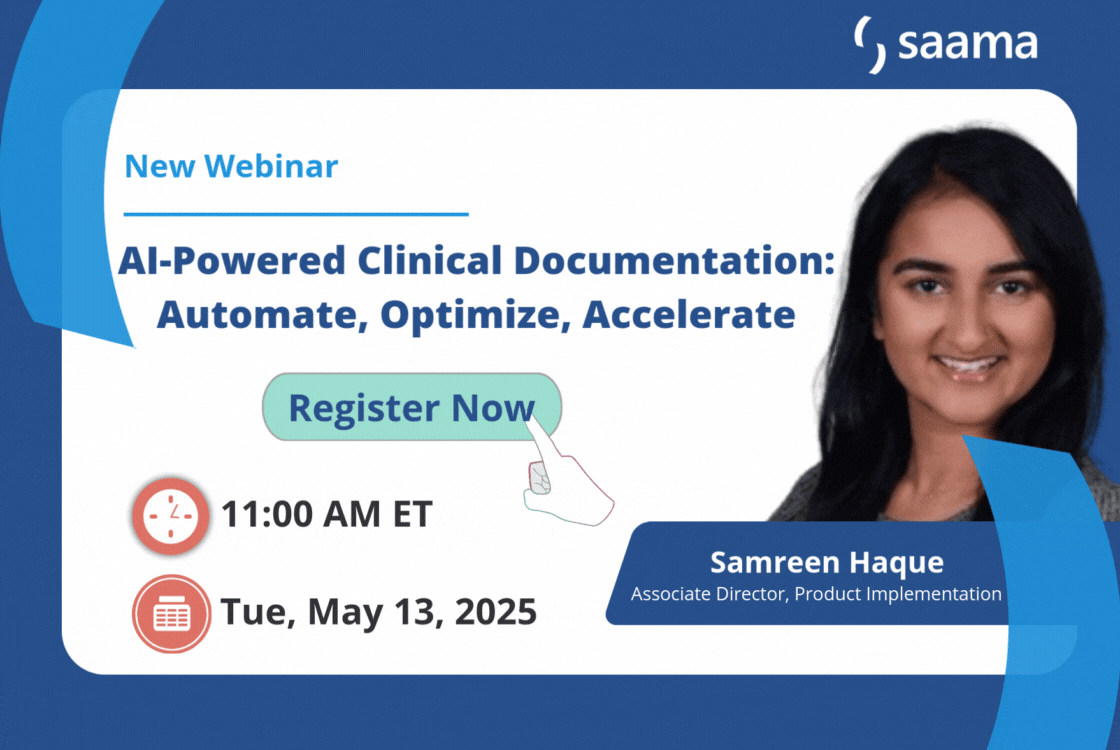When we think of AI within clinical trials, we tend to focus on its benefits and use cases for data aggregation, management, and analysis. While these capabilities are well established, AI’s potential for process enhancement stretches beyond clinical data management, with applications and use cases across clinical operations.
Today, we’ll be taking a closer look at the benefits AI presents to clinical operations and best practices to keep in mind when selecting an AI solution or solutions for your processes.
The common challenges of clinical operations
When discussing the familiar challenges that clinical operations teams face in clinical operations, they tend to revolve around two key areas: the cost and time of running clinical trials, and rapidly advancing technology and its impact on clinical operations.
Cost and time
Common cost and time challenges include (but are not limited to):
- Study start-up
- The enrollment and retention of participants
- Ensuring participants’ safety, study regulatory compliance, and data quality
Rapidly Advancing Technology
These challenges continue to occur within a rapidly advancing clinical trial technology and environment that impacts clinical operations. Examples of this include:
- DCTs – decentralized clinical trials that can be conducted remotely
- Wearables and novel endpoints – novel clinical endpoints being introduced into clinical trials, particularly through the use of wearables
- Volume, velocity, and variety of data – as a result of (and independent of) this, clinical trial data volume has been increasing exponentially over the last few years. The speed at which teams receive data has increased, as well as the variety of sources from which it arrives.
What opportunities exist for AI within clinical operations?
Within clinical operations, there are a myriad of opportunities that exist for AI to help overcome these challenges and support more efficient, effective processes. AI can support numerous clinical operations to help:
- Reduce the number of systems used and handoffs made between people – minimizing handoffs between systems and people reduces opportunities for waste and errors to occur.
- Reduce cycle time and increase the efficiency – this could be during study start-up, conduct, etc. throughout the clinical trial.
- Reduce the time taken to identify and mitigate evolving risks
- Increase site and patient centricity through streamlined communication – having several processes at play creates duplicates of tasks and efforts which can result in multiple different rules at different sites for the same procedure, increasing site burden.
Remember: AI is not a single entity
Discussing AI as a multi-purpose solution can create the mistaken impression of AI being a ‘single’ tool, solution, or entity. This isn’t true: there are a number of different AI technologies, including machine learning (ML), deep learning, and generative AI (GenAI) to name a few. All of these technologies can assist in typical clinical operations scenarios:
- Probabilistic reasoning can identify and surface site or country-level trends and patterns.
- Computational logic can recommend tasks. For example, if sites behave in a certain way or produce certain results, computational logic could suggest certain training or tasks specific to those sites to change the output.
- Optimization techniques that can suggest an agenda for a site monitoring visit
These are just a few examples of AI technologies, tools, and algorithms being harnessed across clinical operations. The crucial task is selecting the right technologies in the right combinations that meet the unique requirements of the particular task or operation.
Considerations to make before adopting AI in your clinical operations
The most important thing to do when deciding where and how to adopt AI in your clinical operations is to start by considering your business objectives. Never adopt AI simply for the sake of adopting AI or because it’s trending. Using your business objectives as an anchor guiding all AI decisions will ensure you select the right technology and avoid costly investment mistakes.
Start by mapping your process pain points and/or opportunities. Then, evaluate the combination of AI technologies that can deliver to your business objective/s. Keep in mind, no single AI entity or solution will solve your challenge. It will likely be a combination of solutions that will come from an AI vendor who has a proprietary suite of AI algorithms and tools.
Remember, humans remain front and center in the business process, even after AI is introduced. You need to ensure that any AI solutions work seamlessly with the human teams managing and overseeing all clinical operations.
Finally, use a trusted change management methodology. Introducing AI into your workflows and digital infrastructure constitutes a massive process change within your organization. Ensure your processes and operating procedures are updated to reflect these new changes and the effects they bring to team roles, responsibilities, and processes.
Conclusion
It’s important to remember that AI works as an assistant helping humans, not replacing them. For any combination of AI software and algorithms you select, you always need to keep at least one human in the loop to monitor and manage the outputs and recommendations generated by AI tools.
For an in-depth discovery of how Saama’s proprietary suite of AI-powered platforms can transform your clinical operations, book a demo with us.

